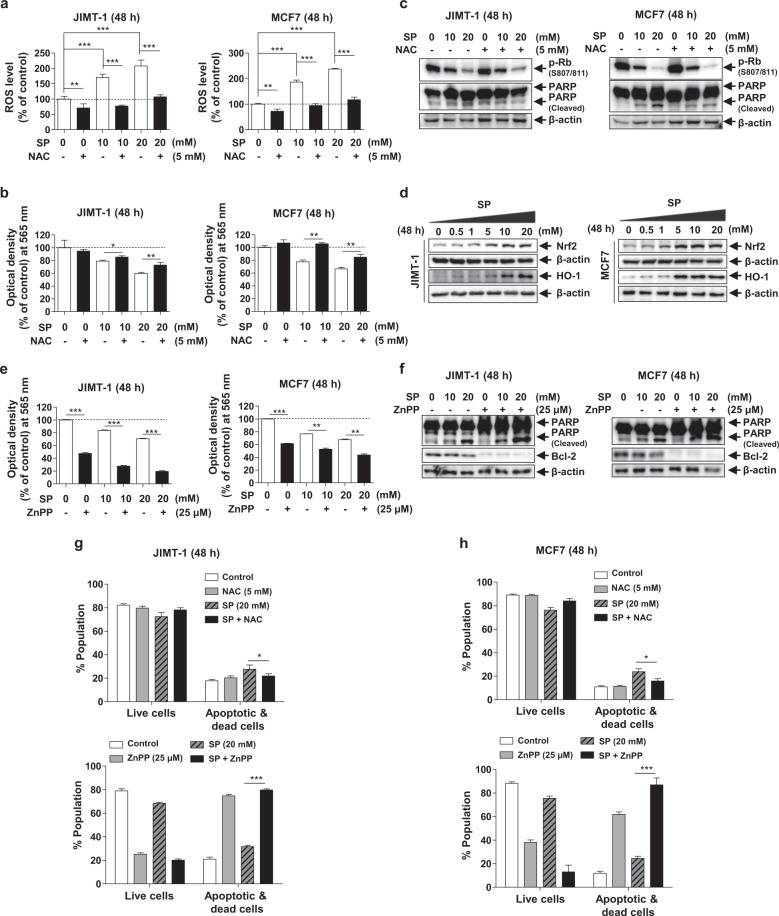Fig. 4. Effects of reactive oxygen species (ROS) on SP-induced proliferation and apoptosis in breast cancer cells.
a, b Effect of SP on ROS production and viability in JIMT-1 and MCF7 breast cancer cells. The ROS level was measured in the cells treated with or without SP (10 or 20 mM) or N-acetyl-L-cysteine (NAC; 5 mM, ROS scavenger) for 48 h by 2′,7′-dichlorofluorescin diacetate (H2DCFDA) assays (n = 3). Viability was determined in the cells treated with or without SP or NAC by MTT assays (n = 3). c Effect of NAC on SP-induced apoptosis and proliferation. The levels of cleaved PARP and phospho-Rb were measured in the cells treated with or without SP or NAC. d Effect of SP on the expression of nuclear factor erythroid 2-related factor 2 (Nrf2) and heme oxygenase 1 (HO-1). Nrf2 and HO-1 expression was assessed in the cells treated with or without SP (0–20 mM) by Western blotting. Band densities were normalized to those of β-actin. Gel images are representative of three independent experiments. e Effect of zinc protoporphyrin IX (ZnPP; HO-1 inhibitor) on the SP-induced proliferation. The viability of the cells treated with or without SP or ZnPP (25 μM) for 48 h was measured by MTT assays (n = 3). f Effect of ZnPP on the SP-induced apoptosis and proliferation. The levels of cleaved PARP and Bcl-2 were assessed by Western blotting in the cells treated with or without SP or ZnPP (n = 3). g, h Effect of NAC or ZnPP on the SP-induced apoptosis. The proportion of viable and apoptotic cells treated with or without SP, NAC or ZnPP was determined using a Muse® Annexin V and Dead Cell Analyzer (n = 3). Data are the mean ± SEM. Significance by Dunnett’s test: *P < 0.05, **P < 0.01, ***P < 0.001 vs. the indicated group.

